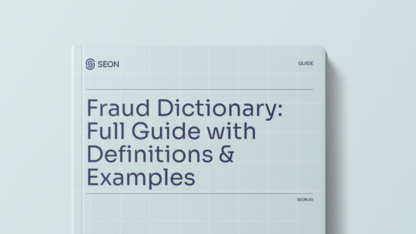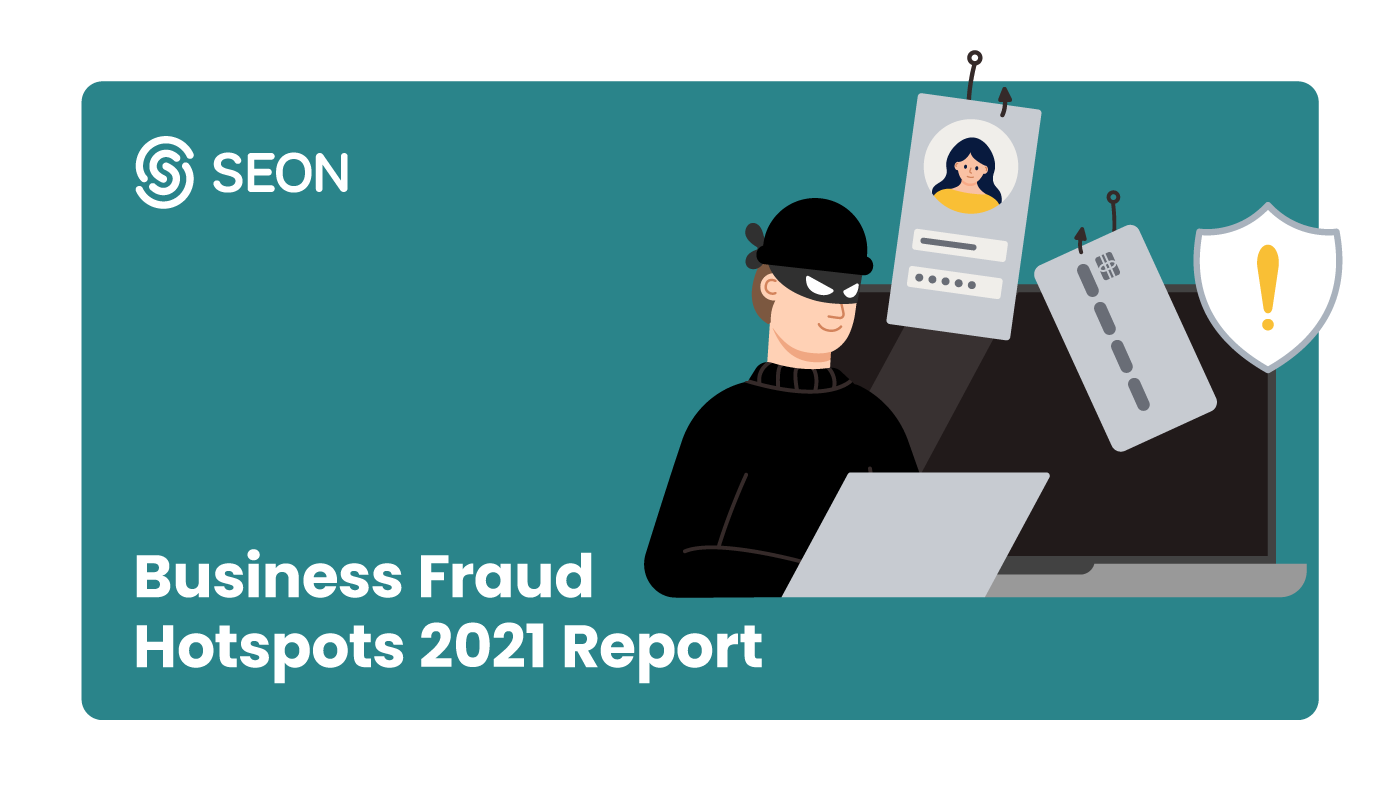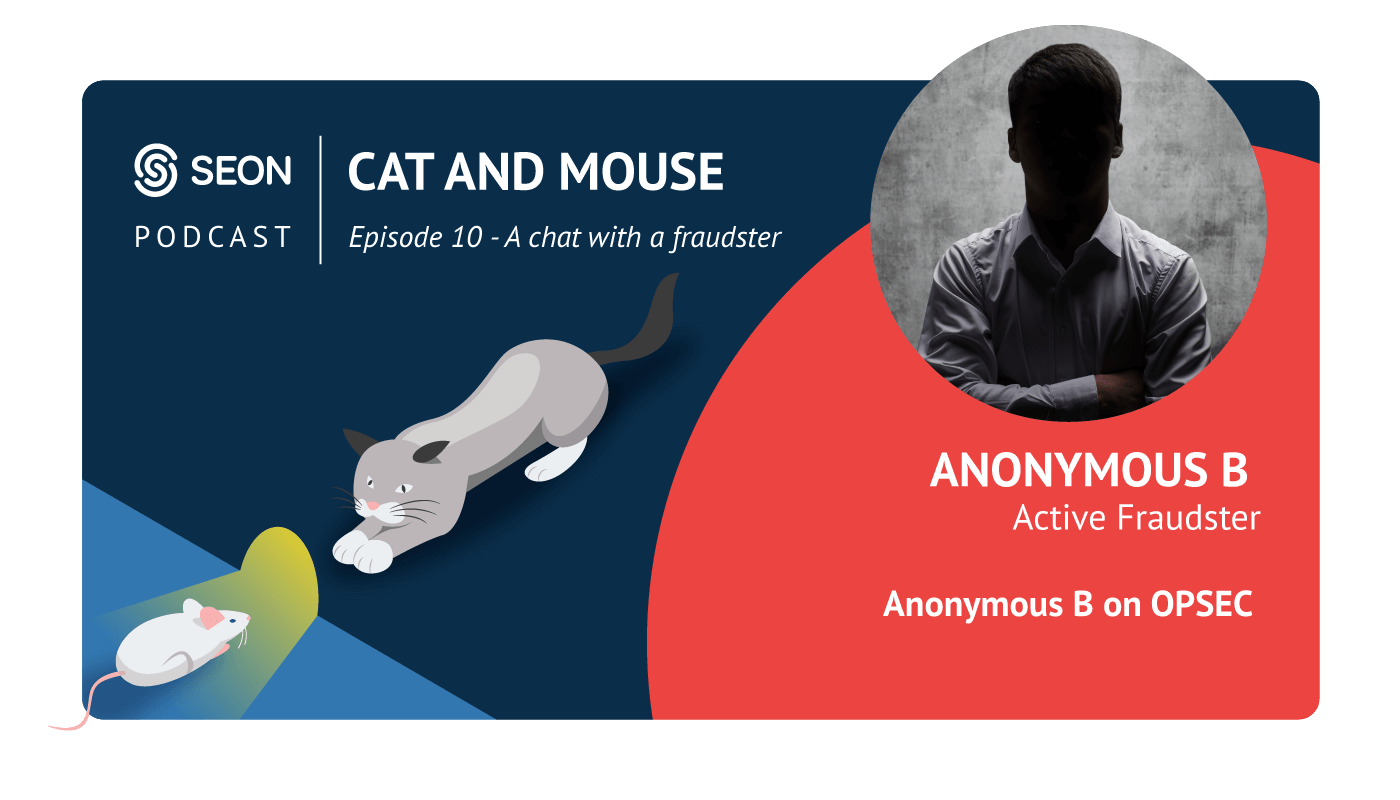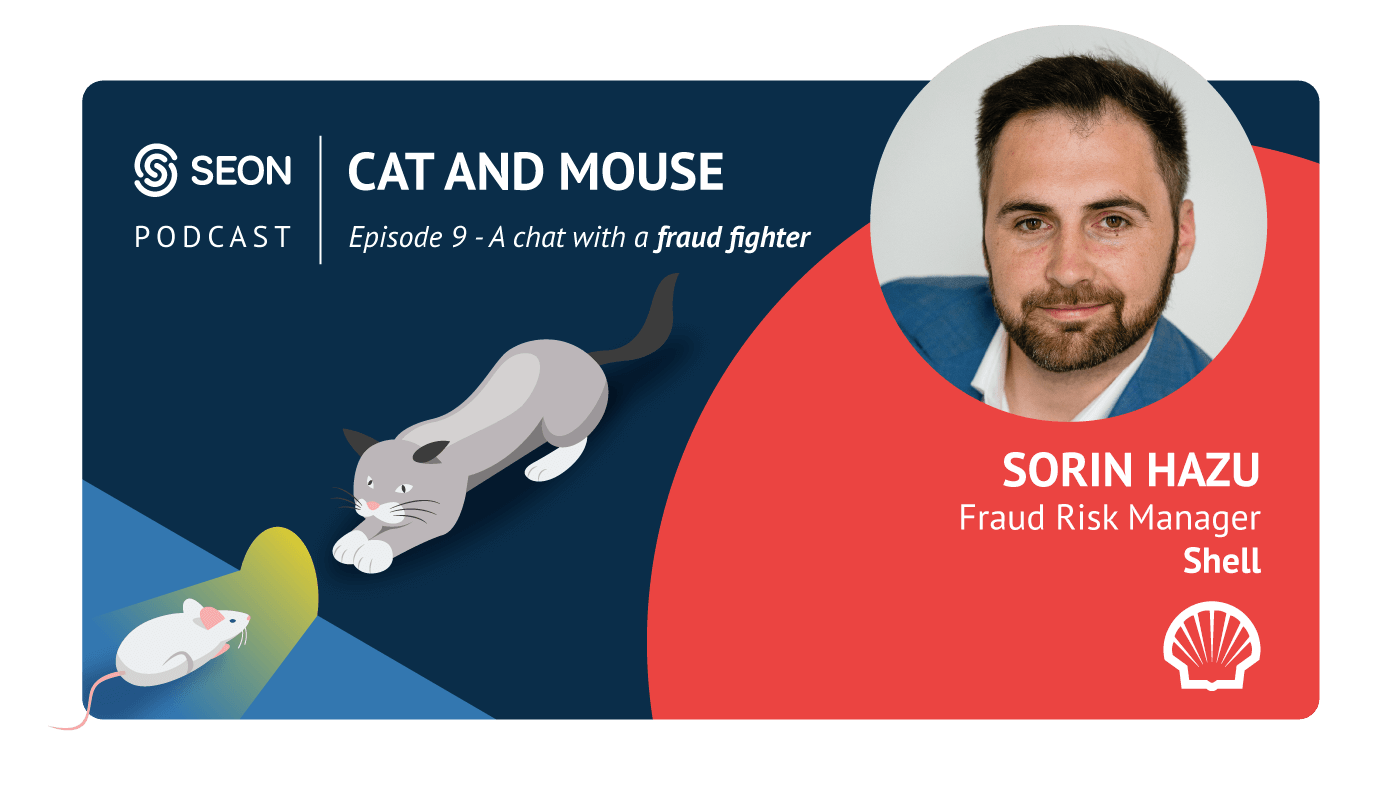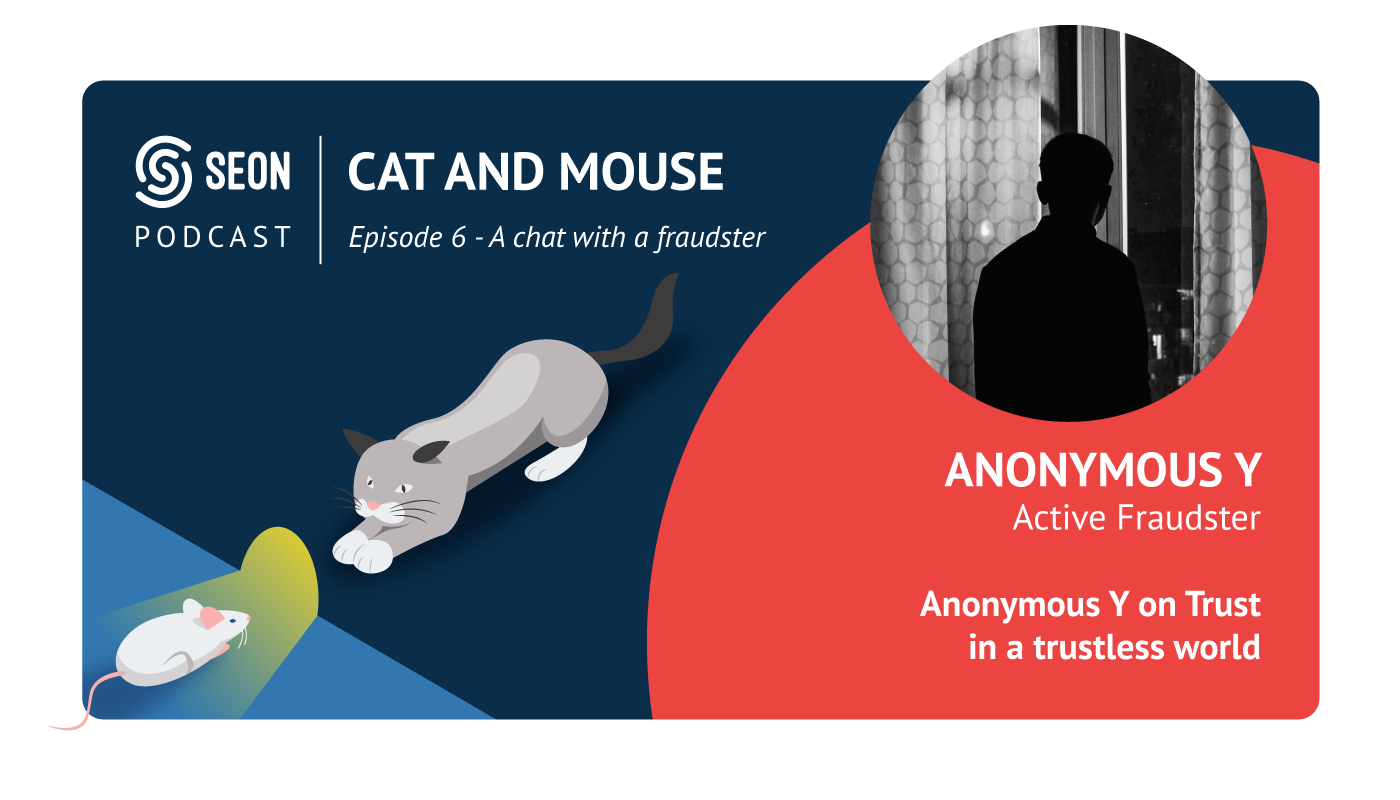According to data published on the payment authentication Cardinal’s website, airlines can suffer attack rates in the 1-3% range depending on the region. It’s one of the worse hit verticals, and things get worse when you factor in the problem of false positives.
While we’ve previously written about the challenges of fraud in the travel industry, this post will focus on false positives and how to reduce them.
When Security Damages Business
Low security
High security
Bad customer experience
Good customer experience
Low false positives
High false positives
Low fraud rate
High fraud rate
False positives are a great challenge in any industry. On the one hand, businesses want to ensure they don’t lose revenue to chargebacks or invalid payments. This pushes them to increase their fraud prevention measures.
On the other hand, customers want a fast, frictionless experience. And they sure don’t want their transactions to be flagged as fraudulent when they are legitimate, otherwise known as a false positive:
- It increases customer churn
- It damages your business and brand reputation
- Customers turn to competitors
And that’s before you even take into account the total cost of fraud, which puts pressure on your team and resources.
A Higher Risk Vertical
The problem: the travel industry has all the reasons to be extra vigilant against fraudulent attacks. Airlines, hotel bookings, car rental companies and other travel businesses are the ideal targets for fraudsters:
- They operate on a global scale, often in risky markets such as the Middle East, Latin America and South East Asia
- Digital goods are highly prized, because they don’t require physical addresses for delivery
- There are a lot of middlemen involved, such as tickets global distribution systems (GDS) of tickets, online travel agencies, third party ticket resellers etc.
- Customer information is limited or siloed, which makes the fraud analytics process difficult.
Finally, another challenge comes in the form of a conflict of interest: the pressure from card payment providers. It is a difficult balancing act as it’s in their interest to increase false positives if it means lower chargeback rates. At the same time, they need your company to process as many payments as possible to make a profit, so false positives can also damage their margins.
Tip #1 – Measure Your False Positives
The first step in reducing false positives is measuring them. Every fraud manager wants to implement the best automated rules. But when working with dozens or hundreds of data points, it can be hard to keep track of what works and what doesn’t.
This is why the success rates of statistical analysis should be measured through a confusion matrix, or error matrix.
Quite simply, it is a tool that lets you visualize the success of your rules and their predictions. It can help validate new rules through historical data, and also measure the impact of current rules with real, tangible data such as monetary value.
Tip #2 – Enrich Customer Data
As mentioned above, one challenge is working with limited or siloed customer data. This is especially true when a long chain of middlemen guard the customer data before it reaches your company.
The solution? Data enrichment. Obviously, the more data you can access about a legitimate customer, the less likely you are to flag their purchase as fraudulent. And using a single data point can actually be enough to get a clearer picture, if you can learn more from an email address, IP, device or BIN.
Tip #3 – Profile More
Even before enriching the data, a lot of travel industry companies fail to extract every data point they can access. There are three areas where you should focus your fraud analysis efforts:
- Device fingerprinting: the combination of hardware and software used to access your site can reveal a lot about who the user is.
- Reverse email lookup: A single email address can also predict the users’ motivation if it lets you see where the address comes from, if the domain is reputable, or if a social media handle is associated with it.
- IP and Reverse phone lookup: One of the oldest forms of fraud prevention, IP analysis can still uncover good insights about users. The newest phone analysis techniques are also giving you more power against fraudulent CNP (card not present) transactions.
Tip #4 – Improve Statistical Analysis
Now that you’ve managed to increase the size of your data set for each transaction, it’s time to leverage the power of AI to create efficient rules. Of course, this model will only work under two conditions:
- The rules need to be flexible and adapt. Changing fraudster behaviours, new technological solutions and expanding data sets mean static rules can’t reduce false positives in the long term.
- Fraud managers must still have control over the manual review process. A good machine-learning tool should speed things up and simplify rule creation. It doesn’t mean it can be left to run fully by itself.
The Bottom Line
Travel industry companies are under significant pressure to reduce false positives. Customers show no signs of brand loyalty, which means they will happily turn to competitors if your fraud engine prevents their payment.
Simultaneously, payment providers want you do control false positives, but without incurring extra chargeback rates.
This means the travel leaders who implement the best techniques for reducing false positives are not only increasing their profits: they’re creating a significant competitive advantage for themselves. Hopefully, these four tips will be useful to keep your travel business afloat, especially in an increasingly large vertical with shrinking profits.



